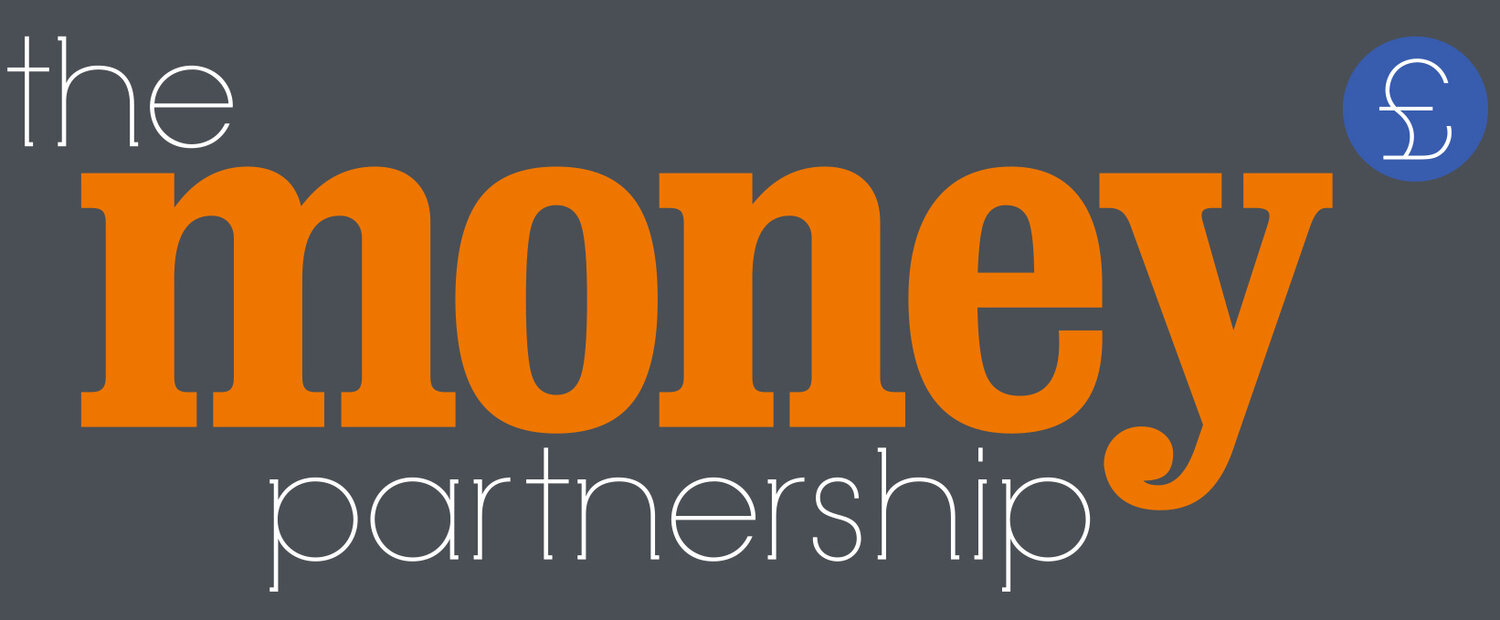How can I teach my kids good money habits? Cash vs Apps
As parents, one of the most important life skills you can teach your children is good money habits. Learning how to manage money responsibly from an early age sets the foundation for a lifetime of healthy financial habits. When it comes to teaching kids about money, one question that often arises is whether to use physical cash or an app to track their money. In this article, we will explore the pros and cons of each approach and discuss how parents can effectively teach their kids how to manage their finances using both methods.
Cash
Using physical cash is a traditional approach to teaching kids about money. It involves giving children an allowance or pocket money in the form of physical cash, such as coins or notes. Here are some advantages of using physical cash to teach kids about money.
Pros
Tangible learning: Physical cash allows kids to see and feel the money, providing a tangible learning experience. This allows them to physically count their money, understand the concept of money and see the value go up and down physically. This allows them to understand the concept of saving, spending, and making choices with their money.
Visual feedback: With physical cash, kids can easily see how much money they have and how much they are spending or saving. This visual feedback helps them develop a sense of money management and budgeting skills.
Real-world Transactions: Using physical cash may seem like it is outdated but exposes kids to real-world transactions. This includes making purchases at shops, handling change, and understanding the value of money in a practical setting.
Cons
Risk of loss: As we know, physical cash can very easily be misplaced or lost. This does allow teaching kids the importance of keeping their money safe and secure. However, if not done quickly, can result in a lot of money getting lost.
Limited tracking: Physical cash does not offer a formal way to track spending or saving over time. This can be challenging for kids to keep track of their money and expenses without a formal system in place.
Apps
Taking a more modern approach, you could teach your kids about finances and money management by using apps/online banking. There are many different money management apps available that offer features specifically designed for kids. Here are some of the advantages of using apps to teach kids about money.
Pros
Digital Literacy: Using apps helps kids develop their digital literacy skills as they learn to navigate and use technology responsibly. They will be able to learn how to track their expenses, set savings goals, and manage money digitally. As technology becomes increasingly important, these skills become more essential.
Enhanced tracking: Apps can offer a comprehensive way to track money, expenses, and savings over time. Kids will be able to view their transactions, set savings goals, and see their progress in real-time. This provides a more organised and structured approach to money management.
Customisation: Many money management apps allow kids to set their own customised savings goals, categorise different expenses, and even earn rewards for meeting their financial goals. This feature can make learning about money more engaging and fun for kids.
Cons
Lack of tangibility: Unlike physical cash, apps do not provide a tangible learning experience which kids often require. Kids are not able to physically see or feel the money, which can make it harder for them to gain an understanding and concept of money management in a real-world context.
Reliance on technology: Using apps requires access to technology in the first place, such as a smartphone or laptop. This may not always be feasible for some families, or some families want to limit the amount of access their kids have to technology. It is important to consider the availability and accessibility of technology when using apps as teaching tools.
What do we think?
Both physical cash and apps have their advantage and limitations when it comes to teaching kids about money management. Using physical cash provides a tangible learning experience and exposes kids to real-world transactions which are fundamental skills to learn. However, apps benefit from the ability to track expenses and other customisation features which cash can’t provide. You could consider using cash whilst a child is younger to benefit more from the tangible learning experience. Then, as they grow older, transition to more app-based learning. Learning from both methods could be a great way forward. Managing your finances is just as important as teaching kids about money. Visit our website to see how we can help you. Visit www.themoneypartnership.com or email us at info@themoneypartnership.com and see how we can help you protect your family's future.

